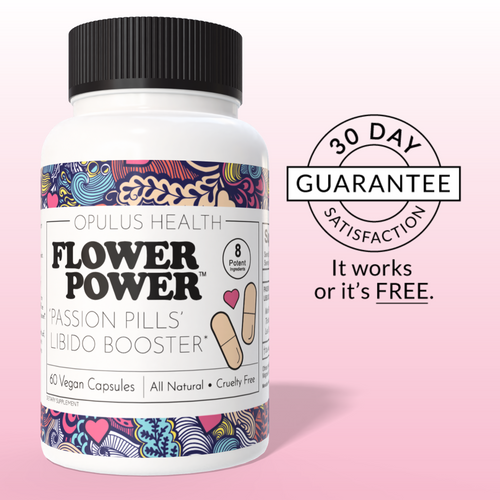Bumps can appear on the vagina for many reasons. However, some bumps are harmless and go away on their own, leaving no scar if treated properly. On the other hand, certain bumps may require medical attention. In this article, we’ll discuss common misconceptions, what you need to know about vaginal bumps, and the most effective ways to painlessly get rid of them.
Common Misconceptions About Vaginal Bumps
There are plenty of myths surrounding vaginal bumps, and let’s face it, bumps can be scary! But having bumps does not necessarily mean you have a disease or STI. In fact, bumps happen to many people and can be caused by innocent factors like ingrown hairs, which are not your fault.
A frequent myth is that bumps automatically mean you have herpes, but that’s not true. Bumps could also be the result of something as simple as a pimple or ingrown hair, which are easily treatable.
When in doubt, always consult a healthcare professional to get clarity on what's going on with your body. Below, we’ll explore common causes of bumps and effective treatments.
Expert Advice
Dr. Jane Austen, a board-certified OB/GYN, offers the following advice:
“The most important thing is not to panic if you notice a bump. It’s often something simple like an ingrown hair or a cyst. However, if the bump persists, changes in size or color, or is accompanied by other symptoms, seek medical attention promptly. Your healthcare provider can determine the cause and recommend the appropriate treatment.”
Common Causes of Vaginal Bumps
Vaginal bumps can be triggered by several factors. The most common causes include:
1. Ingrown Hairs
These bumps occur when pubic hair grows back into the skin, typically after shaving or waxing. There are proven ways to manage and treat them.
2. Cysts
Bartholin’s cysts form when the glands responsible for lubrication in the vagina get blocked. If infected, these cysts can become painful.
3. Skin Conditions
Certain skin conditions, like eczema or psoriasis, can also lead to vaginal bumps.
4. Sexually Transmitted Infections (STIs)
Some STIs, such as Human Papillomavirus (HPV) or herpes, can cause bumps on the vagina.
Effective Treatments for Vaginal Bumps
Treatments for vaginal bumps depend on the underlying cause. Here are some doctor-approved treatments:
1. Warm Compress
For cysts or abscesses, a warm compress can help reduce pain and encourage draining.
2. Medication
If bumps are caused by an STI, your doctor may prescribe antiviral medications, while antibiotics might be needed for other infections.
3. Topical Creams
Over-the-counter creams can help soothe bumps, especially when they’re caused by skin conditions or ingrown hairs.
4. Surgical Procedures
In some cases, large cysts or abscesses may need to be drained or surgically removed.
Remember, never try to pop or squeeze a vaginal bump as it could lead to further infection or scarring.
Preventing Vaginal Bumps
Prevention is always better than cure when it comes to vaginal health. Here are two tips to help prevent bumps:
1. Good Hygiene Practices
Regularly cleaning the vulva with warm water helps prevent ingrown hairs, irritation, and infections.
2. Careful Hair Removal
If you choose to remove hair, doing so carefully can help prevent ingrown hairs.
Conclusion
Finding bumps on your vagina can feel overwhelming, but remember, you're not alone. There are effective treatments available, and with preventative measures, you can reduce the likelihood of experiencing them in the future. Stay informed and seek help when needed.
References
- Mayo Clinic. (2021). Vaginal cysts: Types, symptoms, and treatment.
- Centers for Disease Control and Prevention. (2021). Sexually Transmitted Diseases (STDs).
- American College of Obstetricians and Gynecologists. (2021). Skin conditions of the vulva.












